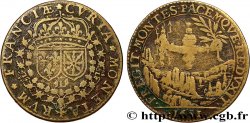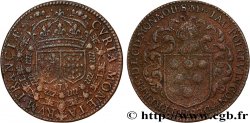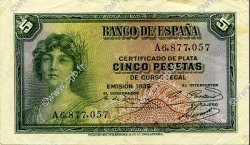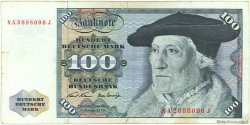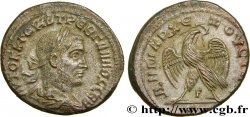E-auction 141-81455 - fjt_299787 - COUR DES MONNAIES DE PARIS Louis XIII 1635
You must signin and be an approved bidder to bid, LOGIN TO BID. Accounts are subject to approval and the approval process takes place within 48 hours. Do not wait until the day a sale closes to register. Clicking on « bid » constitutes acceptance of the terms of use of cgb.fr private e-auctions.
Bids must be placed in whole Euro amounts only. The sale will start closing at the time stated on the item description; any bids received at the site after the closing time will not be executed. Transmission times may vary and bids could be rejected if you wait until the last second. For further information ckeck the E-auctions F.A.Q.
NO BUYER'S FEE.
NO BUYER'S FEE.
| Estimate : | 120 € |
| Price : | 49 € |
| Maximum bid : | 50 € |
| End of the sale : | 28 December 2015 19:19:00 |
| bidders : | 9 bidders |
Type : Louis XIII
Date: 1635
Mint name / Town : Nuremberg
Metal : brass
Diameter : 25,5 mm
Orientation dies : 11 h.
Weight : 4,12 g.
Edge : lisse
Rarity : R2
Catalogue references :
Predigree :
Ce jeton provient de la collection Pierre-Yves Lathoumétie
Obverse
Obverse legend : CVRIA. MONETARVM. FRANCIAE.
Obverse description : Écus de France et de Navarre couronnés et entourés des deux colliers des ordres du roi.
Reverse
Reverse legend : CAELVM. LILIO. LILIVMQVE. TERRIS ; À L'EXERGUE : 1635.
Reverse description : Un lis surmonté d'une couronne, accosté de six autres couronnes.
Commentary
Jeton particulièrement énigmatique que nous attribuons à Nuremberg bien qu’il ne soit pas signé et que son style soit excellent. En effet, il est d’un diamètre légèrement réduit, d’un poids léger et surtout d’un axe irrégulier. Si ce n’est Nuremberg, c’est à coup sur un atelier non officiel.
Notons par ailleurs que le revers est copié sur un coin de 1634 (Voir Feuardent 12192 où les couronnes sont bien particulières et différentes de celles du jeton de la Cour des Monnaies de 1609) et que les ateliers de Nuremberg ont souvent plagié des types de la Cour des Monnaies, voir par exemple les jetons d’André Hac.
Bien entendu, une autre raison de penser à un jeton non officiel est qu’il existe, pour l’année 1635, un jeton officiel.
A particularly enigmatic token that we attribute to Nuremberg, although it is not signed and its style is excellent. Indeed, it is slightly reduced in diameter, light in weight, and above all, has an irregular axis. If it is not Nuremberg, it is certainly an unofficial mint. Note also that the reverse is copied from a die from 1634 (See Feuardent 12192 where the crowns are very particular and different from those of the token of the Court of Mints of 1609) and that the Nuremberg mints often plagiarized types from the Court of Mints, see for example the tokens of André Hac. Of course, another reason to think of an unofficial token is that there exists, for the year 1635, an official token
Notons par ailleurs que le revers est copié sur un coin de 1634 (Voir Feuardent 12192 où les couronnes sont bien particulières et différentes de celles du jeton de la Cour des Monnaies de 1609) et que les ateliers de Nuremberg ont souvent plagié des types de la Cour des Monnaies, voir par exemple les jetons d’André Hac.
Bien entendu, une autre raison de penser à un jeton non officiel est qu’il existe, pour l’année 1635, un jeton officiel.
A particularly enigmatic token that we attribute to Nuremberg, although it is not signed and its style is excellent. Indeed, it is slightly reduced in diameter, light in weight, and above all, has an irregular axis. If it is not Nuremberg, it is certainly an unofficial mint. Note also that the reverse is copied from a die from 1634 (See Feuardent 12192 where the crowns are very particular and different from those of the token of the Court of Mints of 1609) and that the Nuremberg mints often plagiarized types from the Court of Mints, see for example the tokens of André Hac. Of course, another reason to think of an unofficial token is that there exists, for the year 1635, an official token








 Report a mistake
Report a mistake Print the page
Print the page Share my selection
Share my selection Ask a question
Ask a question Consign / sell
Consign / sell
 Full data
Full data


